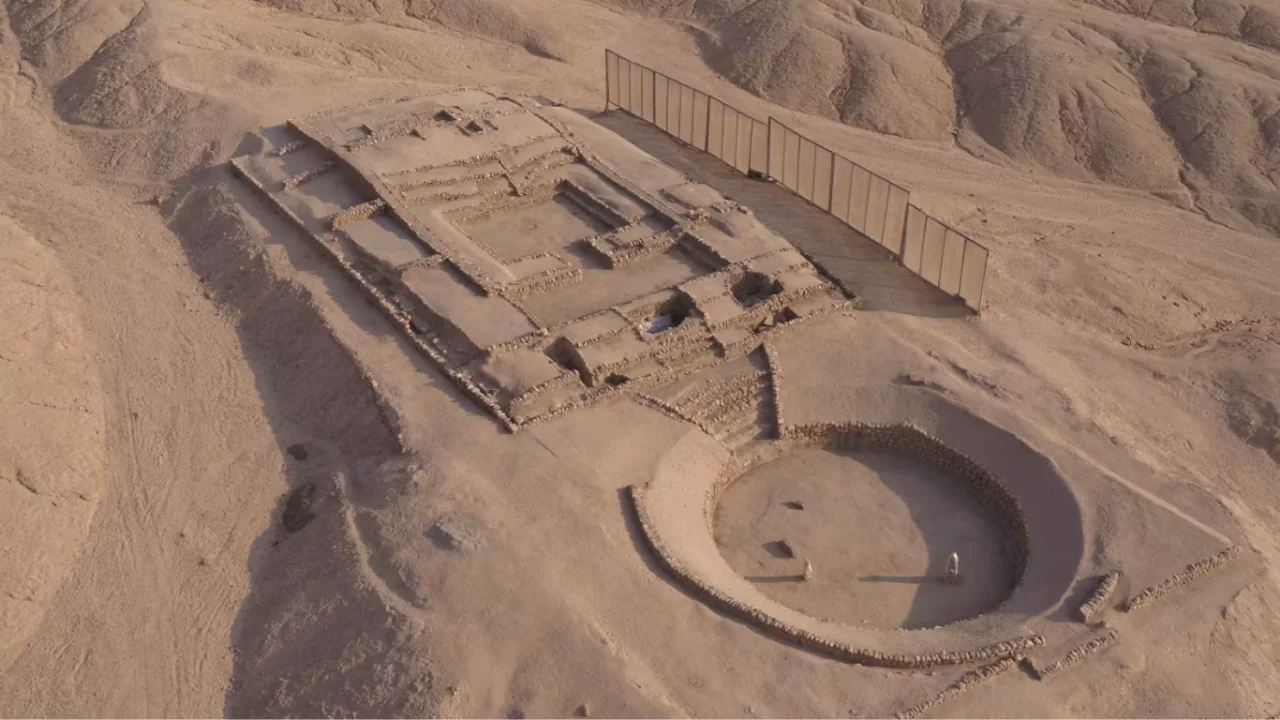
As a result of recent archaeological research, the city of Penico, located in Peru and with a 3000-year history, was finally presented to the public. According to CNN, this discovery is expected to make a significant contribution to knowledge about Peru's cultural heritage and ancient civilizations.
Among approximately 18 buildings and residential structures discovered through excavations, a monumental structure named B1-B3 stands out. In this large structure, archaeologists found figurines made of clay and stone, ceremonial objects, and ancient "pututus" (conch shell trumpets). These items were used in ancient Andean culture for calling gatherings and worshipping divine powers.
Experts believe that the city of Penico expanded its influence during the decline of the ancient Caral civilization, recognized as one of the oldest civilizations on the American continent. During this time, Penico gained fame through the trade of red hematite pigment due to its geographical location and trade connections. This pigment held symbolic importance in Andean cosmology.

The additional archaeological and historical value of this newly discovered city will help provide a deeper understanding of the ancient cultural development not only of Peru but of the entire region.
The discovery of the city of Penico plays an important role in shaping a new perspective on the ancient history and culture not only of Peru but of South America as a whole. This discovery offers new momentum for scientific and cultural research and creates a foundation for preserving the region’s rich heritage for future generations. Read “Zamin” on Telegram!
Ctrl
Enter
Found a mistake?
Select the phrase and press Ctrl+Enter Related news
Information
Users of Меҳмон are not allowed to comment this publication.
Users of Меҳмон are not allowed to comment this publication.













